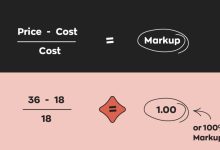Currently, there is a wealth of fragmented information online about Facebook advertising, but most of it stops at simple setup instructions and repetitive, step-by-step processes. This is especially true when it comes to practical tips on conversions and campaign optimization—almost nothing of real tactical value is available.
Of course, that doesn’t mean such content is useless. It’s just that it offers little in the way of actionable guidance. Most of it can already be found in Facebook’s official documentation. The truly valuable “insider” tips are those distilled from real-world experience, accumulated through significant trial, error, and investment by seasoned advertisers. These practical insights—what we call the “golden nuggets”—are rarely shared, which is perfectly understandable.
The replica product industry is particularly closed off. Among the sea of generic, low-value content online, finding targeted Facebook ad strategies and actionable tips specifically for replicas is extremely rare—like finding a needle in a haystack.
Today, Marcus Steele is sharing some of his tried-and-tested strategies for Facebook advertising in the replica product niche. We aim to keep this practical, concise, and valuable for real-world application.
Our replica Facebook ad optimization strategy is divided into four key steps:
-
Pre-Campaign Preparation
-
Ad A/B Testing
-
Ad Diagnosis and Analysis
-
Campaign Scaling and Reuse
Pre-Campaign Preparation
Pre-campaign preparation mainly involves four key areas: Product, Audience, Interests, and Creative Assets.
For example, if you plan to advertise the Louis Vuitton Onthego bag

in the U.S. market,
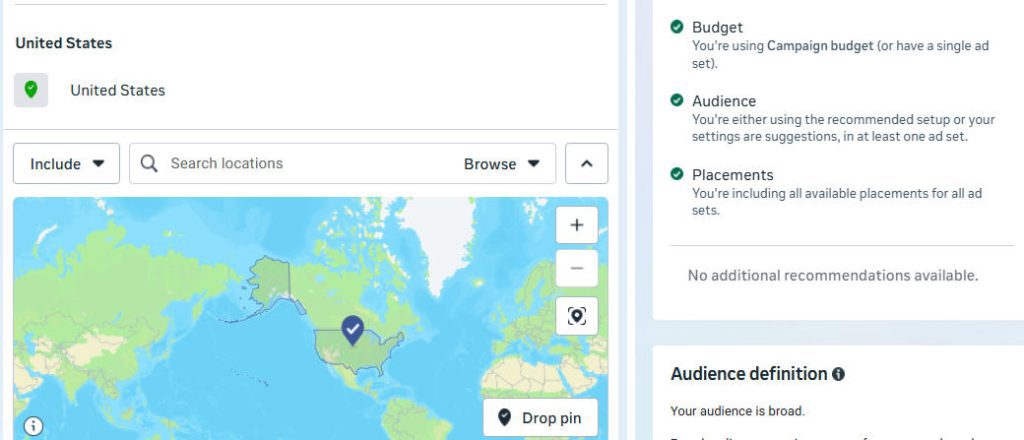
careful attention should be paid to each of these components:
-
Interest Targeting: You can use specialized interest keyword research tools to identify and set relevant audience segments.

Creative Assets: Ad creatives can be sourced or referenced from the Facebook Ad Library or creative spy tools such as AdSpy.
AI-Generated Content: If you are familiar with generative AI (GAI), tools like ChatGPT can assist in generating text content automatically. However, current AI tools are still limited in producing high-quality images or videos for Facebook ads.
For those interested in Facebook’s AI capabilities, you can refer to my previous article: “Meta Generative AI (GAI) in Creative Advertising.”
The key takeaway here is that poor ad performance is not simply a product selection issue. Don’t give up on a potentially high-performing product just because the ad didn’t convert initially. A product that seems slow to start could very well become a million-dollar bestseller if optimized properly.
Ad A/B Testing
Taking the U.S. market as an example, we divide our audience into Group A and Group B to conduct regional testing.
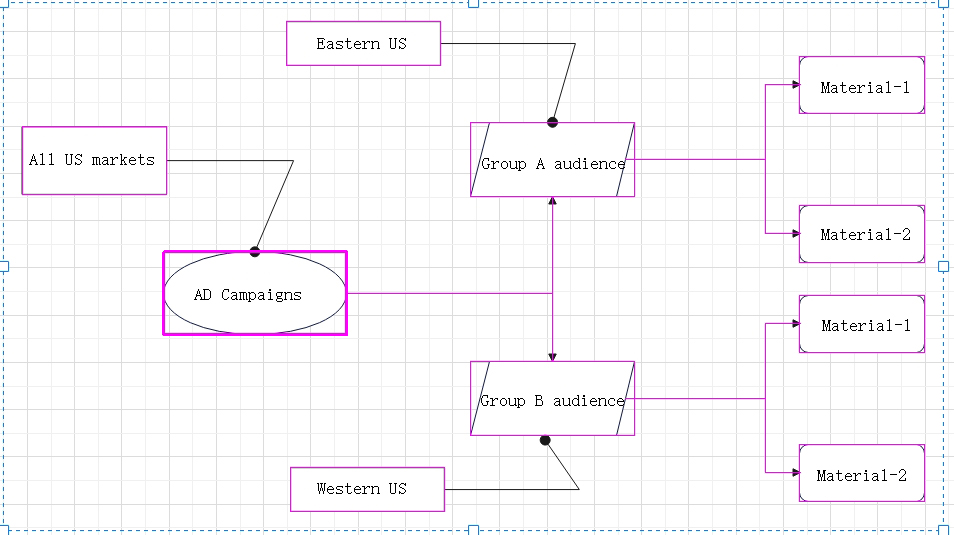
As shown above, when the audience profile is unclear, we split the U.S. market into Eastern and Western regions, corresponding to Group A and Group B under the Facebook ad campaign.
Within each audience group, we further refine the targeting based on factors such as interests, placements, and demographics. Additionally, we perform creative testing within each group to compare different ad visuals and copy.
Through this process, we establish a 1:2:4 ad structure, which forms the basis of the A/B combination testing strategy we are discussing today.
We begin by creating the A/B combination test ad campaigns, highlighting audience-related information in each ad group name. For example, we set up the following two groups:
-
Group A: “U.S. East – Facebook Placement – Core Keywords”
-
Group B: “U.S. West – Instagram Placement – Long-Tail Keywords”
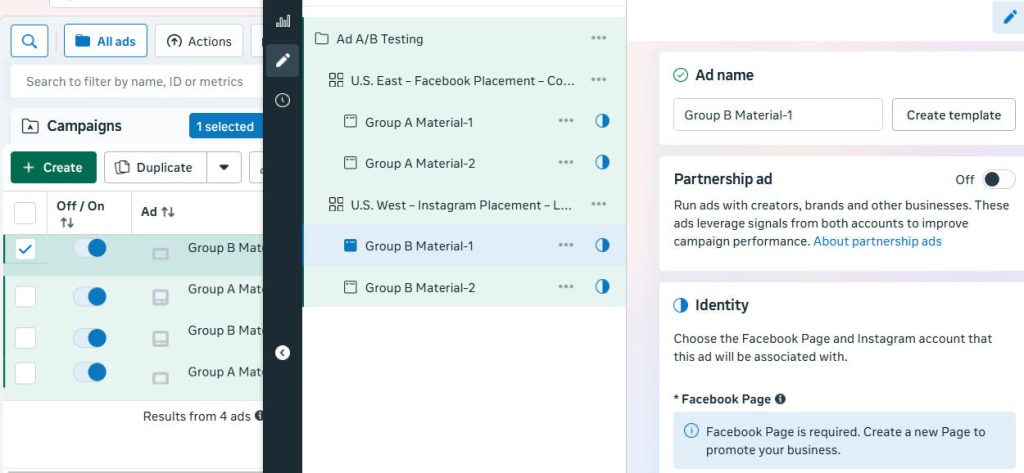
Within each group, we define different audience parameters, such as region and placement. A quick reminder: for replica product standalone stores, ad budgets and audience targeting should align with average order value (AOV). For products with a higher AOV (over a certain USD threshold), the CPC tends to be higher, so I recommend a minimum daily budget of $50 per group for the first round of testing.
When using audience research tools, avoid overly broad targeting, as this can waste budget. Audience size should depend on the product category. Conversely, don’t make the audience too narrow, or the ad may stop before it reaches enough potential buyers.
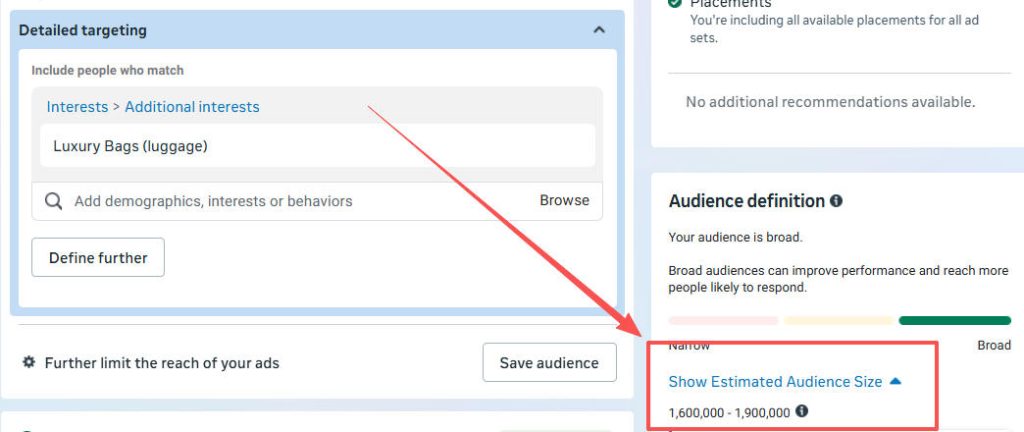
Placement selection should also consider AOV and creative type: Facebook generally targets a higher AOV audience,
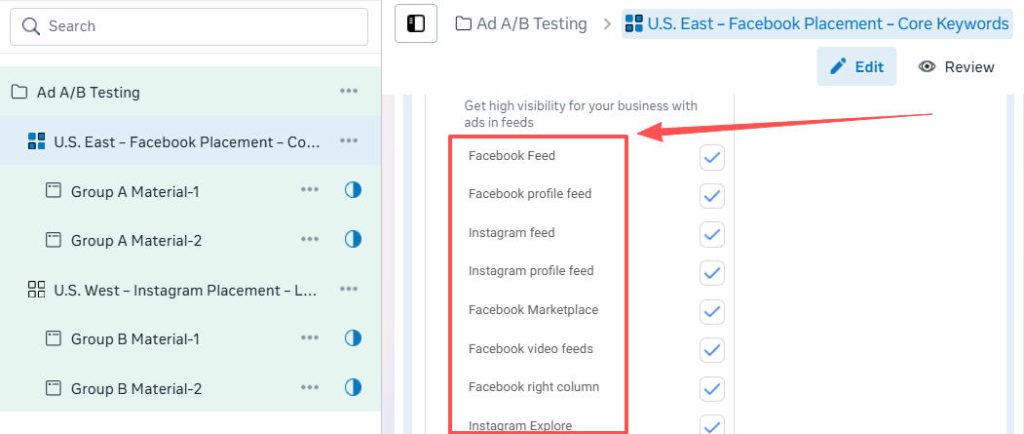
while Instagram leans younger with a lower AOV.
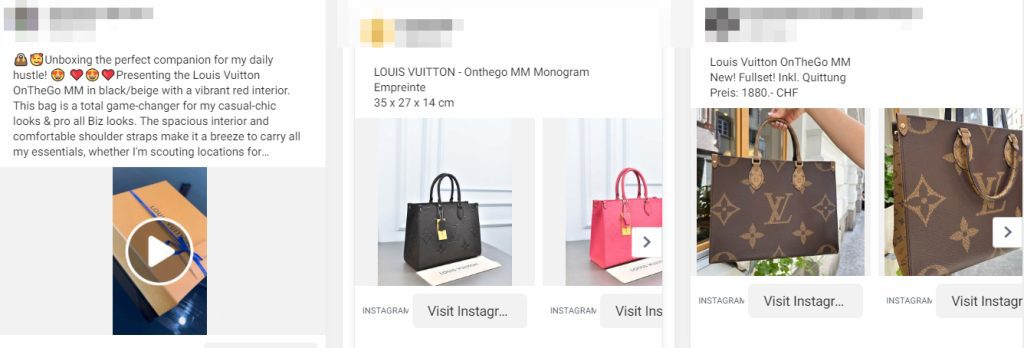
Within each ad group, we perform one-way A/B testing of creatives. For instance, we test image-and-text creatives versus video creatives. Using this strategy, we can quickly set up and test four combinations: A1, A2, B1, B2, providing fast insights into performance across audience segments and creative types.
Running Ads and Monitoring Performance
Once the GA4 code and Facebook Pixel are installed and the cloaking setup is complete, we can start running ads in groups for traffic testing.
The first one to two days represent the Facebook ad learning phase, so it’s advisable to allocate a slightly higher budget per group, around $100–$150/day.
As campaign data accumulates, we focus on monitoring key performance metrics such as CPM, CPC, and CTR, as illustrated below:

Day-by-Day Ad Performance Analysis
1. Day 1 – Initial Budget Burn & Audience Diagnosis
On the first day, the budget is quickly consumed. Our main focus is analyzing impression data and CTR to identify potential audience issues.
2. Day 2 – Preliminary Audience Targeting
By the second day, the Facebook algorithm begins preliminarily locating the target audience. At this stage, if budget consumption is normal, we focus on Add-to-Cart and Checkout events, while closely monitoring CTR. CTR can be tracked in GA4 or directly on Facebook. Depending on whether CTR is high or low, we make adjustments to creative assets and budget allocation.
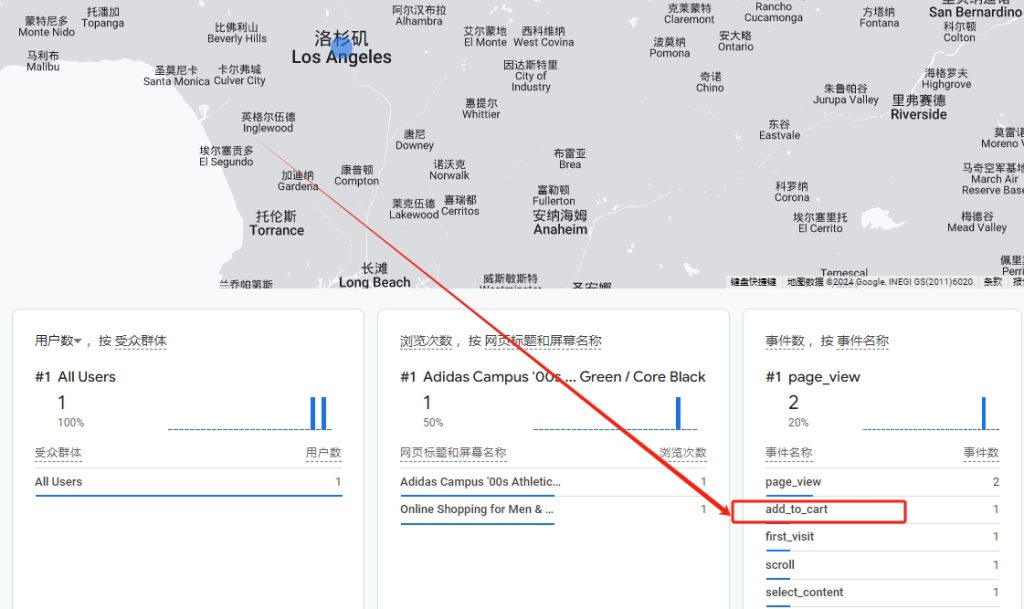
3. Day 3 – Comprehensive Metric Analysis
On the third day, we evaluate CPC, ROI, and CTR together:
-
Low ROI (well below high-AOV replica benchmarks): Usually, we abandon the ad group. This indicates that one or more factors—product, audience, or creative—are not viable under current conditions.
-
Moderate ROI, high CTR, reasonable CPC: Continue optimization.
-
High ROI, high CTR, reasonable CPC: This is a successful test—considered a “golden combination.”
It’s important not to make decisions based on a single metric. Poor performance early on doesn’t necessarily mean the ad is failing. Facebook’s machine learning is a continuous, iterative process. The key is to analyze multiple dimensions, refine the setup, and gradually approach the optimal ad performance.
 Custom E-commerce Solutions for High-Quality Designer-Inspired Fashion Replicas | Website Development, Dropshipping, Payment Integration for PayPal and Stripe, Ad Cloaking Services
Custom E-commerce Solutions for High-Quality Designer-Inspired Fashion Replicas | Website Development, Dropshipping, Payment Integration for PayPal and Stripe, Ad Cloaking Services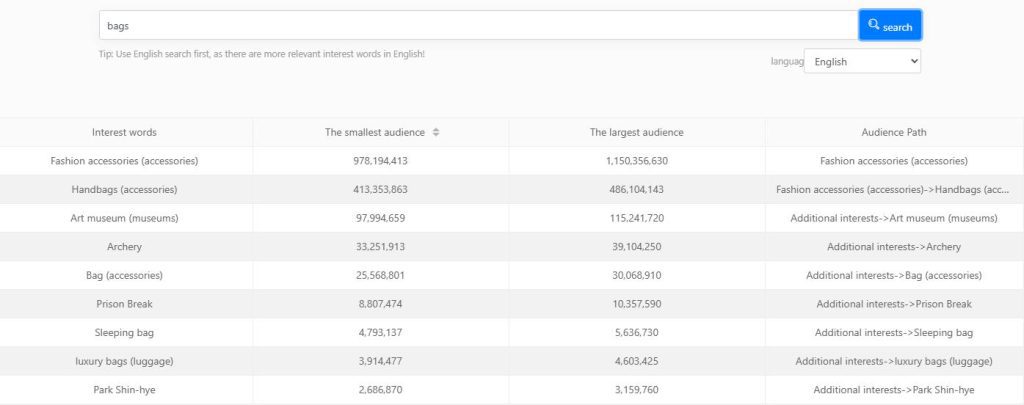
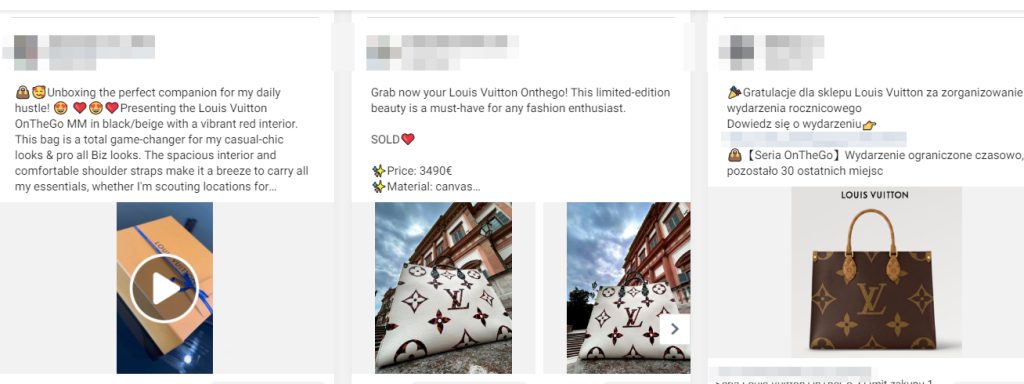
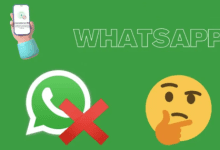



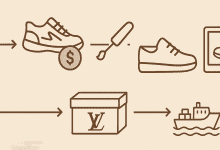
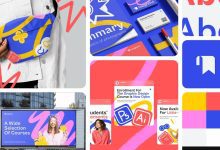

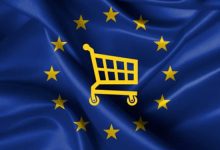
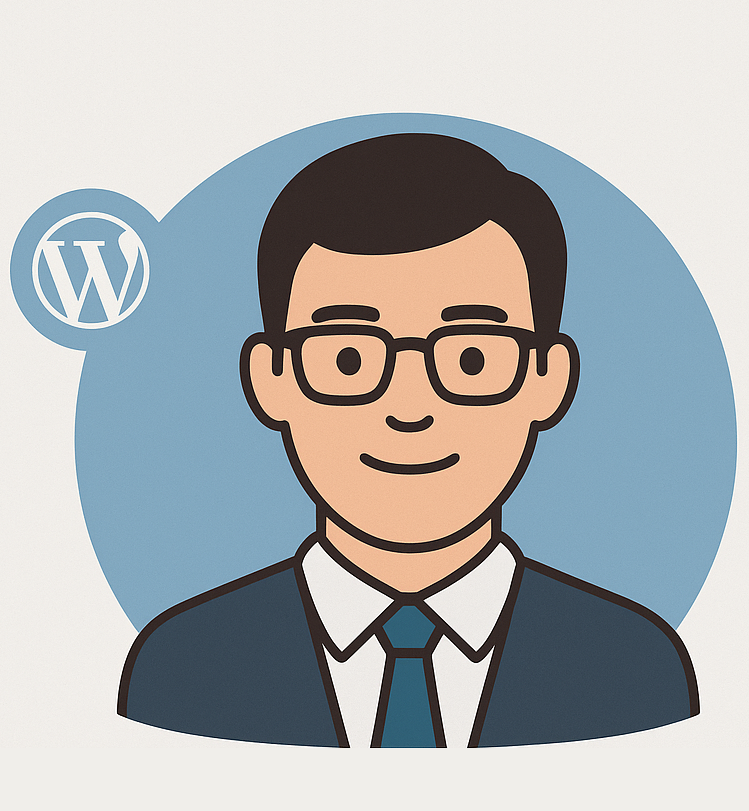
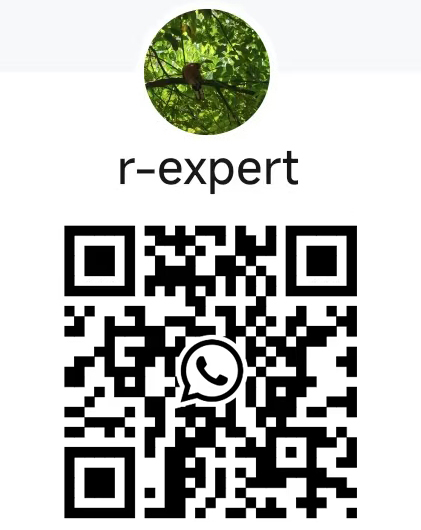
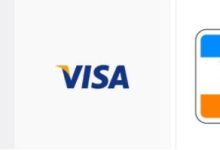
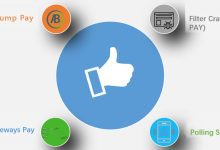
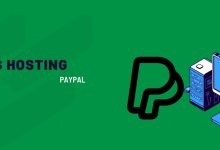
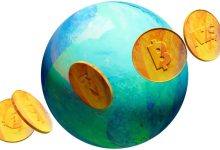
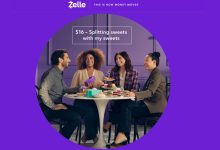
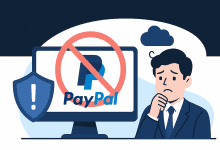

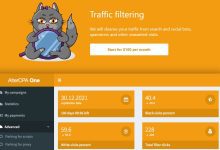
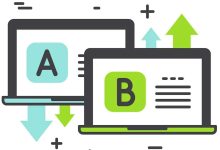

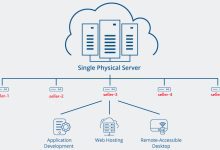
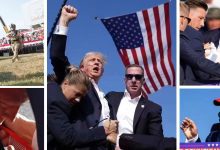
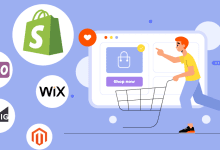
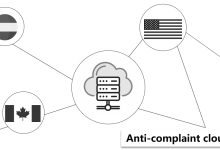

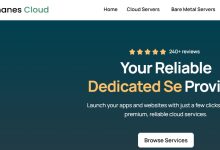

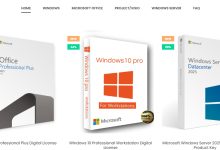
![5 Best WordPress Themes for Replica Product International Trade Websites [Recommended]-Custom E-commerce Solutions for High-Quality Designer-Inspired Fashion Replicas | Website Development, Dropshipping, Payment Integration for PayPal and Stripe, Ad Cloaking Services](https://replicasmaster.com/wp-content/uploads/2025/06/1-1-220x150.jpg)
